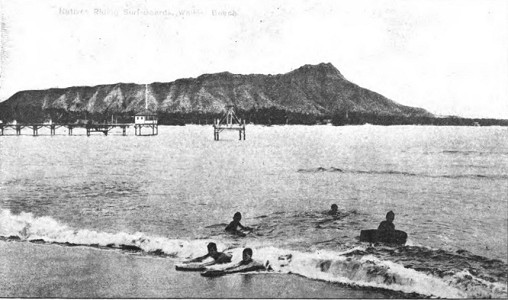
surfresearch.com.au
forrest clark : surf-riding at waikiki, 1912.
forrest clark : surf-riding at waikiki, 1912.
|
|
|
|
|
|
 |
surfresearch.com.au
forrest clark : surf-riding at waikiki, 1912. |
Page 218 Surf-Board Riding. Diamond Head in the Distance, as Seen From Waikiki Beach, Honolulu. Previously printed in: Hallock, Leavitt H.: Hawaii Under King Kalakaua Smith and Sale, Portland, Maine, 1911 |
 |
Clark, Forrest:
The Trans-Pacific Race
The Rudder . Fawcett Publications Greenwich, Connecticut Volume 28 Number 5 November 1912. Hathi Trust https://hdl.handle.net/2027/mdp.39015022693355 |
 |
|
|
|
|
|
|